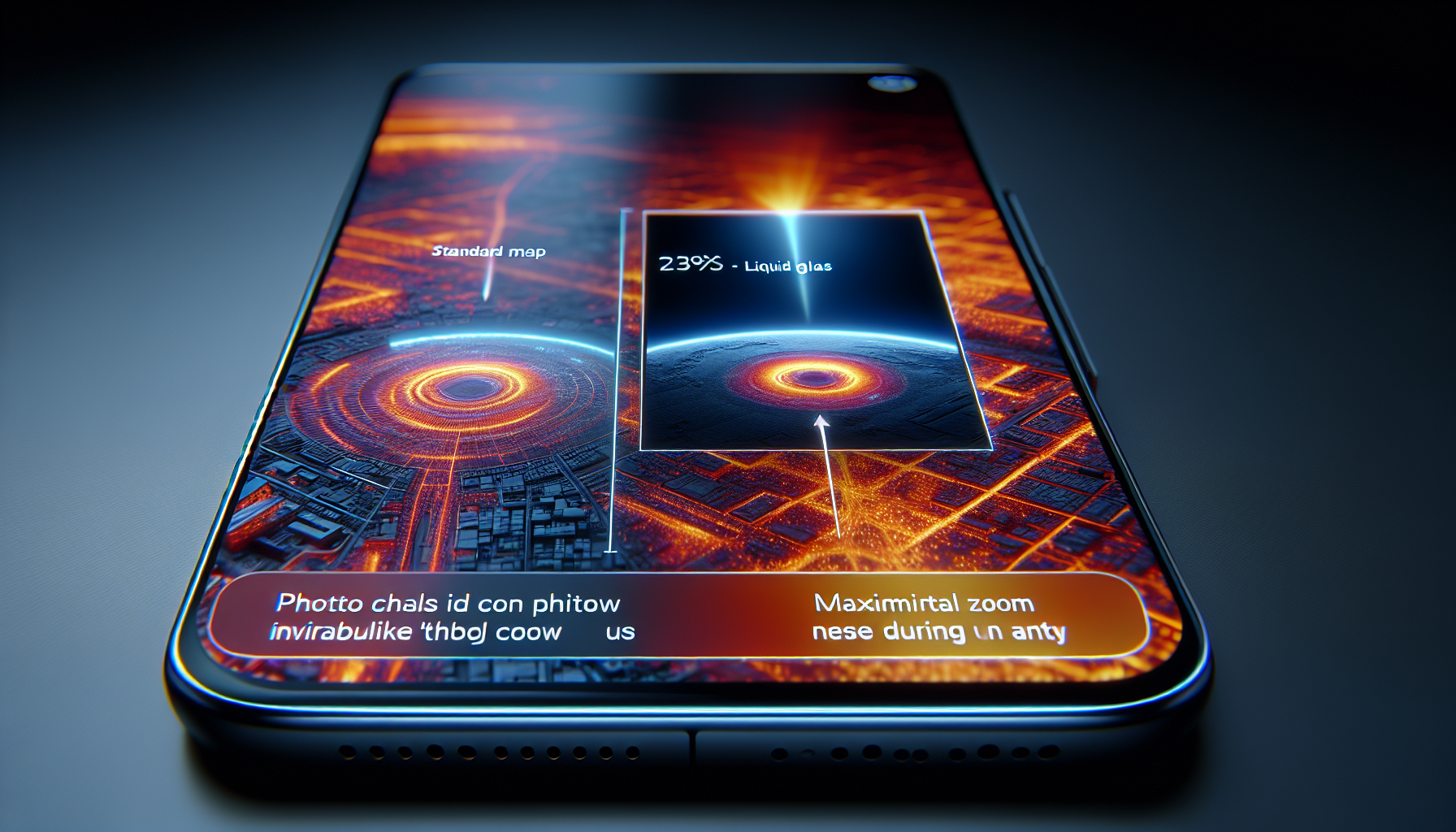
tl;dr
The iPhone 17 impresses with its enhanced display, longer battery life, and camera innovations but faces criticism for zoom quality and overheating during heavy use, positioning it as a strong entry-level option despite flaws.
Apple’s latest smartphone, the iPhone 17, has sparked a mix of praise and critique from reviewers, positioning it as a more compelling entry-level option compared to its predecessors. Priced at $799, the device has been lauded for its enhanced display, improved battery life, and camera innovations, though some limitations in zoom performance and thermal management have raised questions about its suitability for all users.
The iPhone 17’s display has drawn particular attention, with publications like *Wired* noting its sharper visuals and better sunlight readability thanks to an anti-glare coating and brighter settings. The screen’s “Liquid Glass” design, which allows for semi-translucent content and an always-on mode, offers practical benefits for checking notifications or deliveries without fully unlocking the device. However, even with Apple’s touted scratch-resistant shield, some reviewers reported minor scratches within days of use, a minor yet notable drawback.
Battery life has also seen improvements, with *CNET* highlighting that the phone often retains 30% charge after a full day of use—a reassuring figure for users prioritizing endurance. The camera, meanwhile, introduces features like automatic framing for group selfies and a dual-capture mode that lets users record from both front and rear cameras simultaneously. These upgrades, noted by *CNN*, could appeal to casual photographers and content creators.
Yet, the iPhone 17 isn’t without its shortcomings. *The Verge* pointed out that zoomed-in photos lack detail, resulting in a “blurry watercolor look” that disappoints enthusiasts. Additionally, *Wired* warned that heavy gamers might find the device overheating during extended sessions, a concern that could push some toward the pricier iPhone 17 Pro model.
Despite these critiques, the iPhone 17’s value proposition appears stronger than previous base models. Reviewers like *Wired* have called it the best entry-level iPhone in Apple’s lineup, citing doubled storage and features previously reserved for higher-end models. For Apple, which sells millions of devices annually, such feedback could reinforce its strategy of balancing innovation with affordability.
As consumer expectations evolve, the iPhone 17’s reception underscores the growing demand for smartphones that deliver premium features at accessible prices—a trend that could influence future product strategies across the industry. Whether it’s the display, battery, or camera, the device represents a step forward for Apple’s base model, even as it leaves room for improvement in specific use cases.